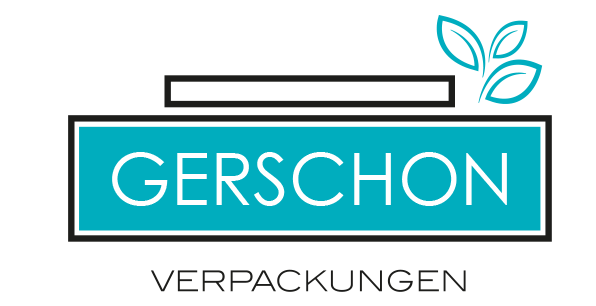What packaging is best for your product? Let our materials guide help you find an answer:
PLASTICS
- greatest flexibility regarding shapes, colour and finishings, from pharma to luxury cosmetics
- compatible with most cosmetics except for certain oils, esters, acids etc.
- lightweight, shatterproof, hygienic, optimally protecting products from environmental influences
- conventional polymers are based on fossil raw materials, but have a good recycling rate within Europe and require relatively little energy for production and recycling
- bio-based PE made e.g. from sugarcane is carbon-neutral and recyclable via standard recycling systems
- PCR (Post Consumer Resin) PE and PP is of high quality and readily available in Europe
GLASS (clear, brown-, opal- and ground glass)
- glass jars and bottles have a sustainable and high-quality image
- glass doesn’t react with ingredients and can protect your product ideally (brown and opal glass)
- produced from “clean” raw materials, but requiring a lot of energy; ground glass is unsustainable
- expensive transport due to its weight; breaks easily if not protected with plenty of packaging
- recycling rate is good, but prone to consumer error and only efficient with refillable glas
- true, local refilling systems are unrealistic with cosmetic and pharmaceutical products, but these products do tend to have a longer life cycle with consumers
Paper and Cardboard
- on trend due to their sustainable and nostalgic image
- lightweight, excellent recycling rate, good carbon footprint if responsibly sourced
- complex and ecologically problematic production; recovered paper often contaminated by printing ink
- for cosmetics and pharma, so far only suitable as bags for powders and concentrates, boxes for soaps, and tubes for solid deodorant, lipsticks etc.
- paper composites may protect from environmental influences, but hinder the recycling process
More about Paper and Cardboards
ALuminium and Tinplate
- appears to be sustainable, as well as modern, rustic or masculine
- lightweight, good product protection
- for tubes, jars, lids, bottles - but rarely as a mono-material, requiring plastic for spray heads, inlays etc.
- mining and processing of bauxit/iron ore is invasive, relatively expensive, environmentally harmful and emission-intensive
- best recycling rate; very energy-efficient, 100% reusable without quality loss
More about Aluminium and Tinplate
Wood and Bamboo
- obviously have a sustainable and premium image in the eco- and luxury cosmetics sektor
- limited usage, for lids and casings,in combination with plastics and glass
- CO2-neutral when harvested from FSC-certified cultivation
- don’t confuse with bio-plastics made from wood fibre, which have entirely different technical qualities
- small wood items like cosmetics packaging are rarely recycled correctly and usually disposed off via household waste
- seem sustainable, however consumer habits so far negate most of the eco-friendly properties
 Deutsch
Deutsch
 English
English





